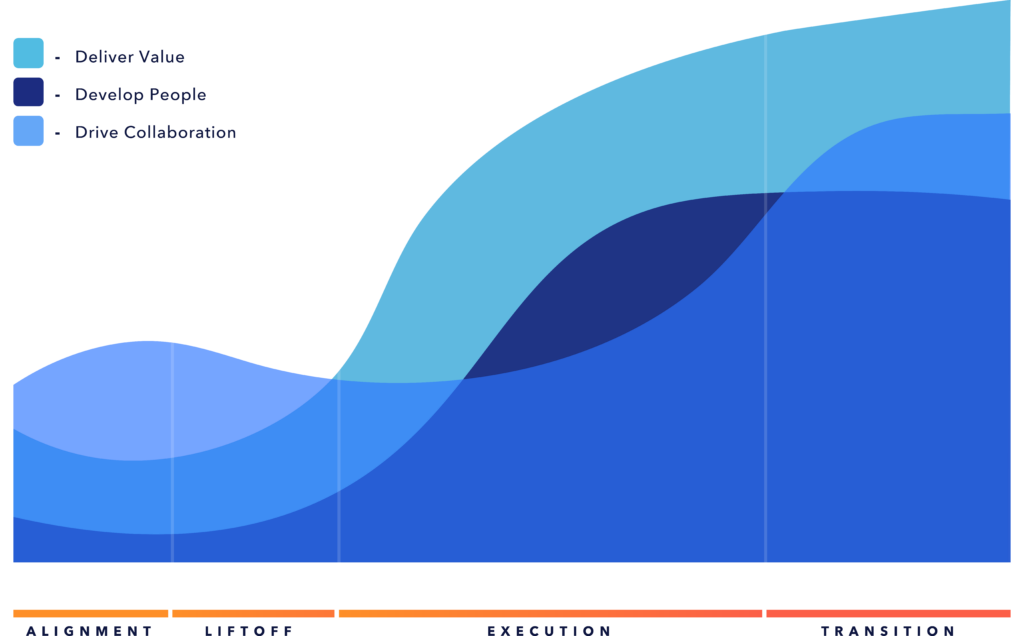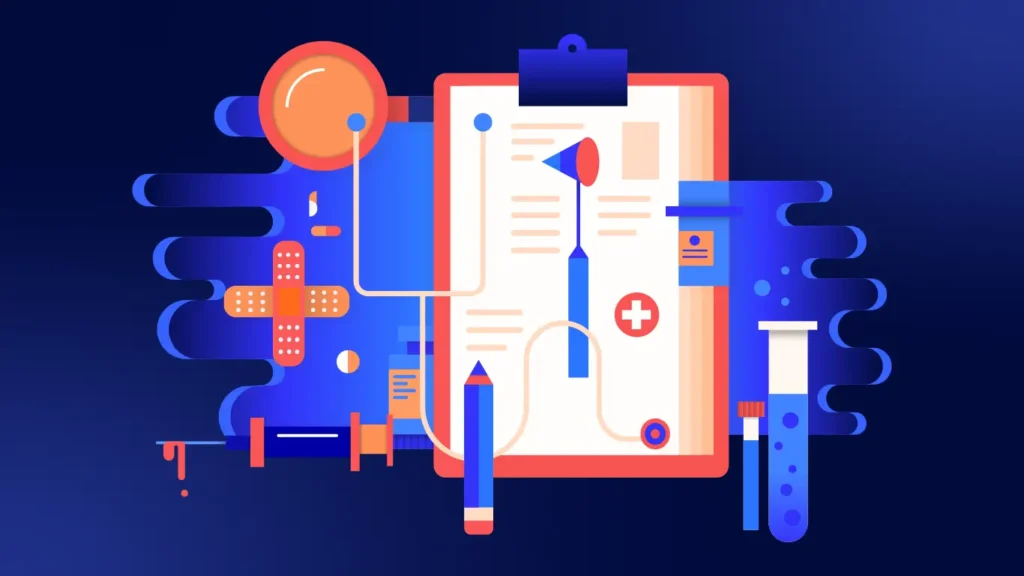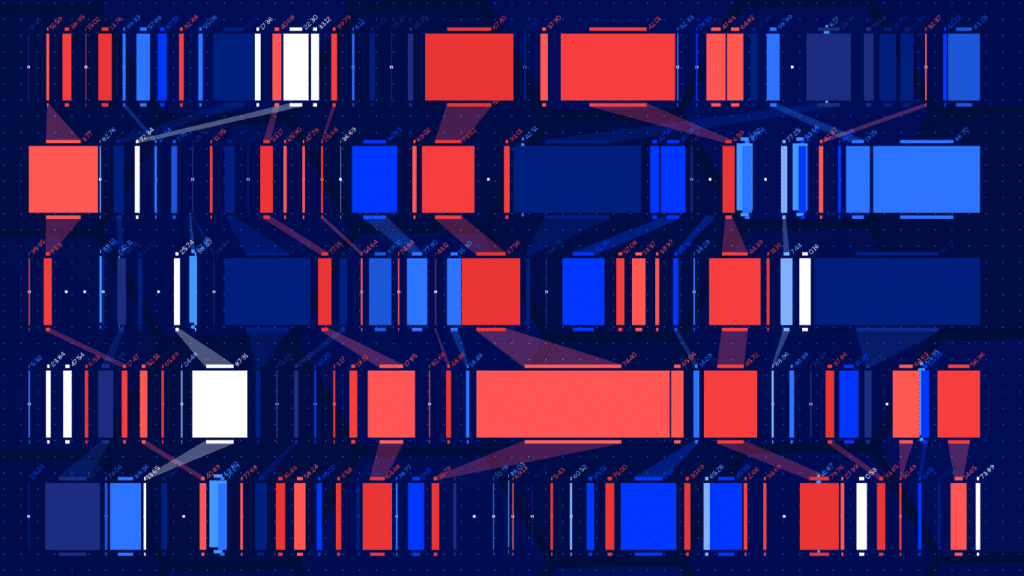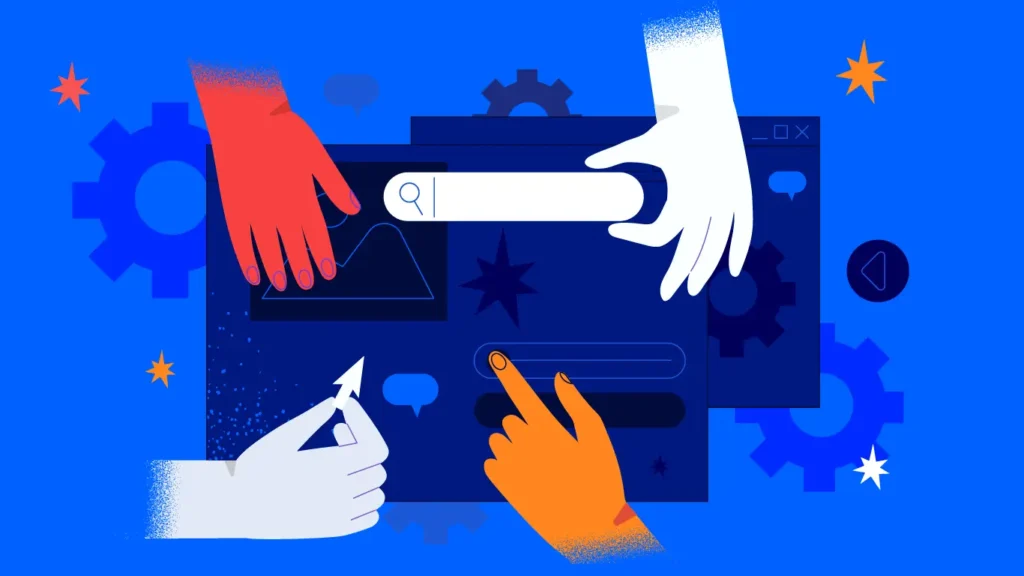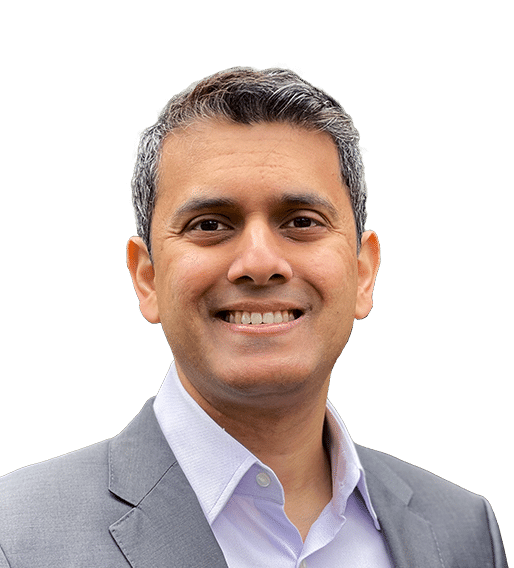The unprecedented pace of technological advancement has had unforeseen (and many still unknown) effects on all aspects of human life. In combination with a multitude of other factors, including the sudden arrival of the COVID-19 pandemic, evolving technology is contributing to a business landscape characterized by ongoing disruption and persistent uncertainty. As change continues to accelerate, the challenges modern organizations face will become increasingly complex and multifaceted. Solving problems without a clear solution will be paramount.
Survival in this chaotic environment requires the ability to quickly adapt internal processes and systems, which in turn necessitates an organizational mindset that embraces change rather than resists it. At Pariveda, we’ve worked to foster such a mindset by promoting individual autonomy and flexibility, creating a level of fluidity that enables team members to move in and out of roles as needed. We’re not the only organization that has already discarded a centralized hierarchical management structure in favor of holacracy, and we expect many others to follow suit in the months and years ahead.
The new rules of the game
Simply put, organizations that aren’t willing or don’t know how to change will ultimately face obsolescence. The experiences of countless companies in the face of two relatively recent phenomena — the pivot to remote work and the ongoing supply chain crisis — provide evidence.
Companies that have resisted the former now find themselves struggling to learn how to attract and retain top talent. Until they understand that employee expectations have permanently changed, they’ll continue to struggle. Similarly, leaders that have been unwilling to rethink their supply chains and manufacturing processes continue to feel the effects of the current crisis. The longer they wait for the problem to resolve itself, the more customers they’ll lose to proactive competitors who have found new ways to create better experiences and deliver better products to the market.
To be sure, many companies will keep fighting to preserve the status quo, and some might even succeed temporarily. However, as category leaders continue to optimize operations, the consequences of complacency will only grow in severity. With that in mind, here are a few tips to help leaders evaluate key components of their businesses and move forward effectively as they pursue the promise of the future.
Align technology capabilities and intended outcomes
When implemented effectively, technology can be the ultimate equalizer. The right tools can help companies compensate for a lack of resources and overcome other constraints that would otherwise prohibit them from successfully competing against larger firms. However, technology can also be a roadblock, creating unnecessary work for employees or taking focus away from the goals that matter most.
To avoid the latter scenario, identify and prioritize your short- and long-term objectives and assess your existing capabilities, specifically in the context of these. Consider whether your current technology investments are moving you closer to meeting them, and think about what technology capabilities you’re missing that you’ll need to incorporate or get more familiar with in order to accommodate new initiatives. As the environment continues to change, custom business and technology solutions can help you adapt and evolve, but only if you have a clear understanding of where your business is headed.
Make resiliency a core business objective
The practices and approaches you’ve implemented to achieve success in the past won’t necessarily serve you in a dramatically altered business environment. Now (and increasingly in the future), the most successful organizations will be those that are able to adapt quickly rather than those that hold onto “proven” processes.
Organizational resilience isn’t created by products, technologies, or strategies, but rather is dependent on people. Achieving it requires you to develop a workforce that doesn’t run from change but embraces it. Not your typical consulting company, Pariveda developed the Pariveda Resiliency PlatformTM to help clients empower their people while navigating change. There is a multitude of employee experience platforms, such as Microsoft’s Viva, that can similarly aid in workforce development. Regardless of whether you rely on offerings like these, it’s imperative to cultivate an organizational mindset that values continuous learning and growth because these qualities are now essential to fulfilling your mission and achieving lasting success.
Understand your organizational identity
The pandemic gave many people an opportunity to reassess their values and priorities, which in turn has led to a fundamental shift in the way people conceptualize work. Today, a growing number of employees want their jobs to serve not only as a source of income but also as a path toward personal fulfillment. Those that don’t see alignment between their employer’s objectives and their own are more willing than ever to search for a new employer.
To attract and keep talented people, leaders must have some level of consciousness of their organization’s existence in the world. Whether it’s an environmental or social cause (or something else entirely), organizations must have a purpose that extends beyond profit-making. Moreover, they must articulate that purpose and use it to guide everything from short-term hiring decisions to long-term strategic planning.
Managing change isn’t easy; staying ahead of it is even harder. To navigate systematic change that involves countless interconnected variables and could result in any number of unique outcomes, leaders shouldn’t be afraid to lean on external partners. By adding specialized expertise and an additional perspective to key decisions around technologies, processes, and people, you’ll often improve your ability to shape the outcomes you want while avoiding those you don’t


